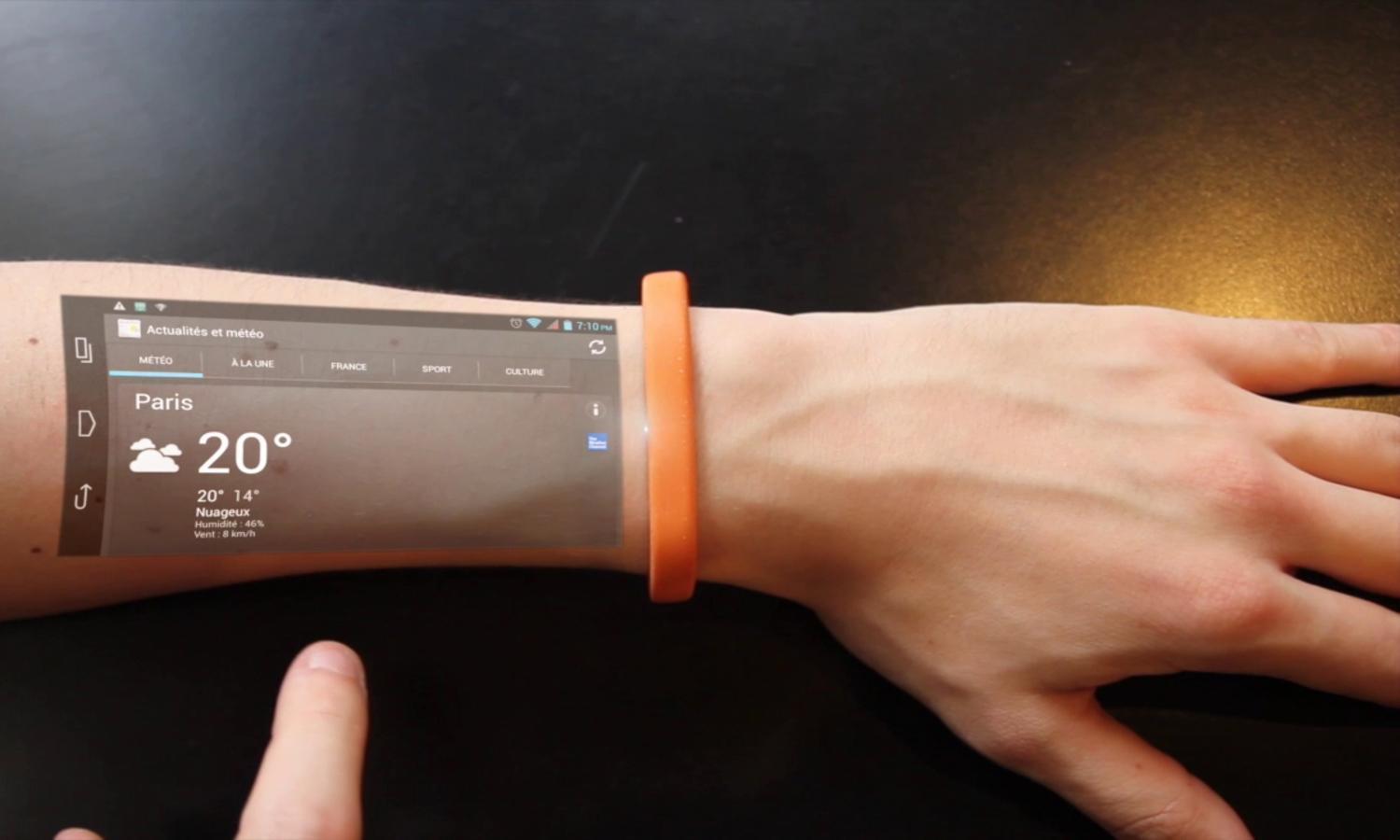
The Future of Wearable Technology: Trends, Innovations, and Possibilities
Wearable technology has come a long way since the first smartwatches and fitness trackers hit the market. From tracking our daily steps and sleep patterns to monitoring our health vitals and receiving notifications, wearables have become an integral part of our daily lives. As technology continues to evolve, the future of wearable technology holds immense promise, with innovations that will revolutionize the way we live, work, and interact with each other.
Advancements in Hardware and Software
One of the significant advancements in wearable technology is the miniaturization of hardware. With the development of smaller, more efficient, and powerful chips, wearables are becoming more sophisticated and capable of performing complex tasks. The integration of artificial intelligence (AI) and machine learning (ML) algorithms is also enabling wearables to learn our habits, preferences, and behaviors, providing personalized insights and recommendations.
The rise of 5G networks and improved connectivity options, such as Wi-Fi 6 and Bluetooth 5, is further enhancing the capabilities of wearables. With faster data transfer rates and lower latency, wearables can now seamlessly communicate with other devices, enabling features like real-time health monitoring, voice assistance, and augmented reality (AR) experiences.
Health and Wellness: The Next Frontier
Wearables are increasingly focusing on health and wellness, with features like electrocardiogram (ECG) monitoring, fall detection, and blood oxygen level monitoring. The future of wearable technology will see further advancements in health monitoring, including:
- Non-invasive glucose monitoring: Wearables will enable people with diabetes to track their glucose levels without the need for invasive finger pricking.
- Advanced health analytics: AI-powered algorithms will analyze health data to provide personalized insights, predictions, and recommendations for preventive care.
- Mental health tracking: Wearables will monitor mental health metrics, such as stress levels, anxiety, and depression, to provide early interventions and support.
Fashion and Design: The Intersection of Style and Technology
Wearables are no longer just functional devices; they are fashion statements. With the introduction of luxury brands like Tag Heuer, Fossil, and Michael Kors, wearables have become stylish accessories that complement our outfits. The future of wearable technology will see further convergence of fashion and technology, with:
- Customizable designs: Wearables will be designed to fit individual styles, with interchangeable straps, faces, and materials.
- Smart fabrics: Clothing and accessories will be woven with conductive fibers, enabling seamless integration of technology into our daily attire.
- Shape-shifting wearables: Devices will adapt to our bodies, with flexible displays and materials that conform to our skin.
Enterprise and Industrial Applications
Wearables are no longer limited to consumer use; they are being increasingly adopted in enterprise and industrial settings. The future of wearable technology will see further penetration into these sectors, with:
- Remote work enablement: Wearables will enable remote workers to stay connected, collaborate, and access critical information on the go.
- Industrial safety monitoring: Wearables will monitor workers’ safety, detecting hazardous conditions and preventing accidents.
- Augmented reality training: Wearables will provide immersive training experiences, enhancing skills development and knowledge retention.
Security and Privacy Concerns
As wearables collect and process increasingly sensitive data, security and privacy concerns are paramount. The future of wearable technology must prioritize:
- Data encryption: Wearables will employ robust encryption methods to protect user data from cyber threats.
- User consent: Users will have full control over their data, with transparent consent mechanisms and granular permissions.
- Compliance and regulations: Wearables will comply with data protection regulations, such as GDPR and HIPAA, to ensure accountability.
The Future of Wearable Technology: Possibilities and Opportunities
The future of wearable technology holds immense promise, with potential applications in:
- Telemedicine and remote healthcare: Wearables will enable remote health monitoring, reducing healthcare costs and improving patient outcomes.
- Accessibility and inclusivity: Wearables will empower people with disabilities, providing assistive technologies and enhancing independence.
- Gaming and entertainment: Wearables will create immersive gaming experiences, with haptic feedback, AR, and VR capabilities.
As wearable technology continues to evolve, it is essential to address the challenges and limitations, ensuring that these devices are accessible, affordable, and inclusive. The future of wearable technology is not just about innovation; it is about transforming lives, enhancing human experience, and creating a better future for all.





1 thought on “The Future of Wearable Technology”